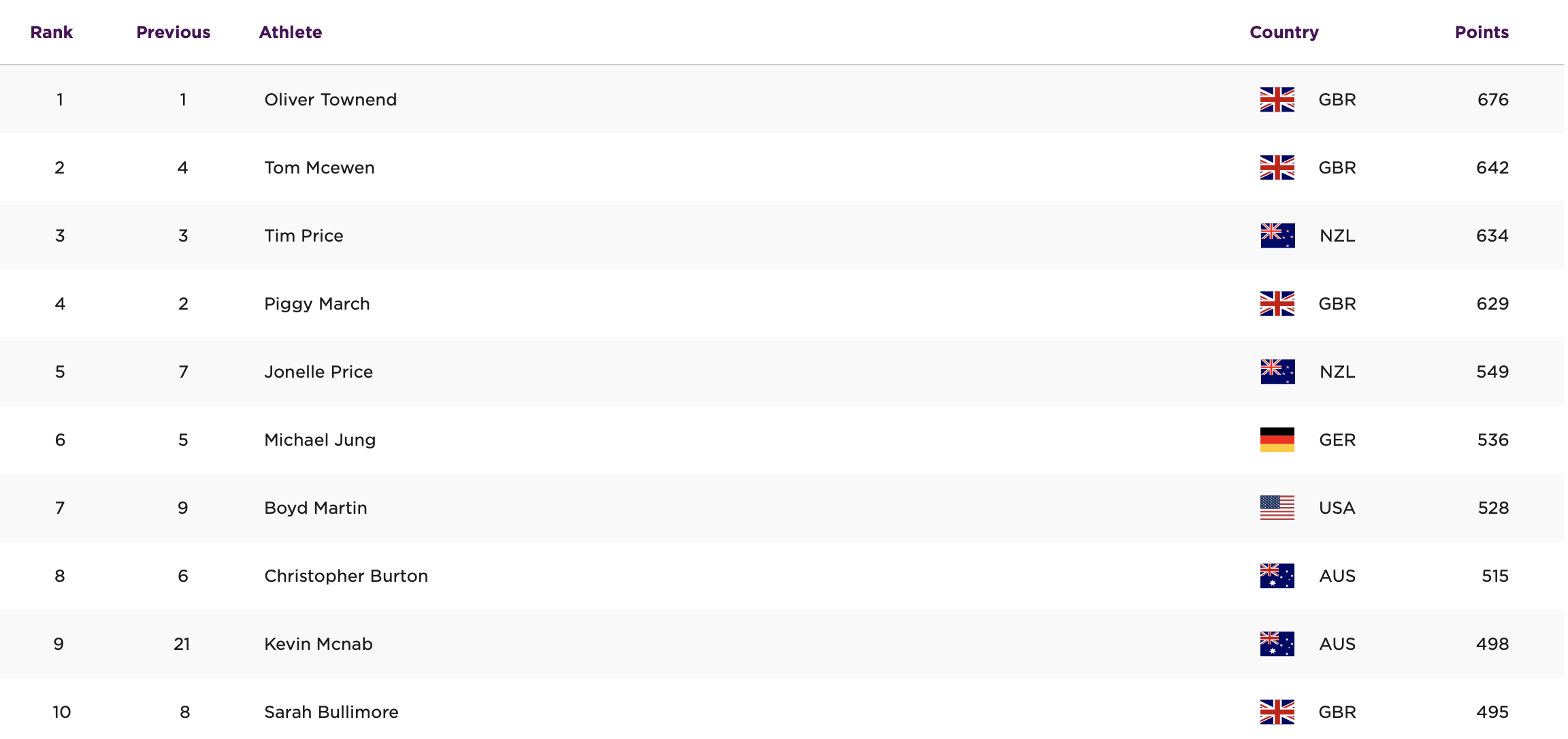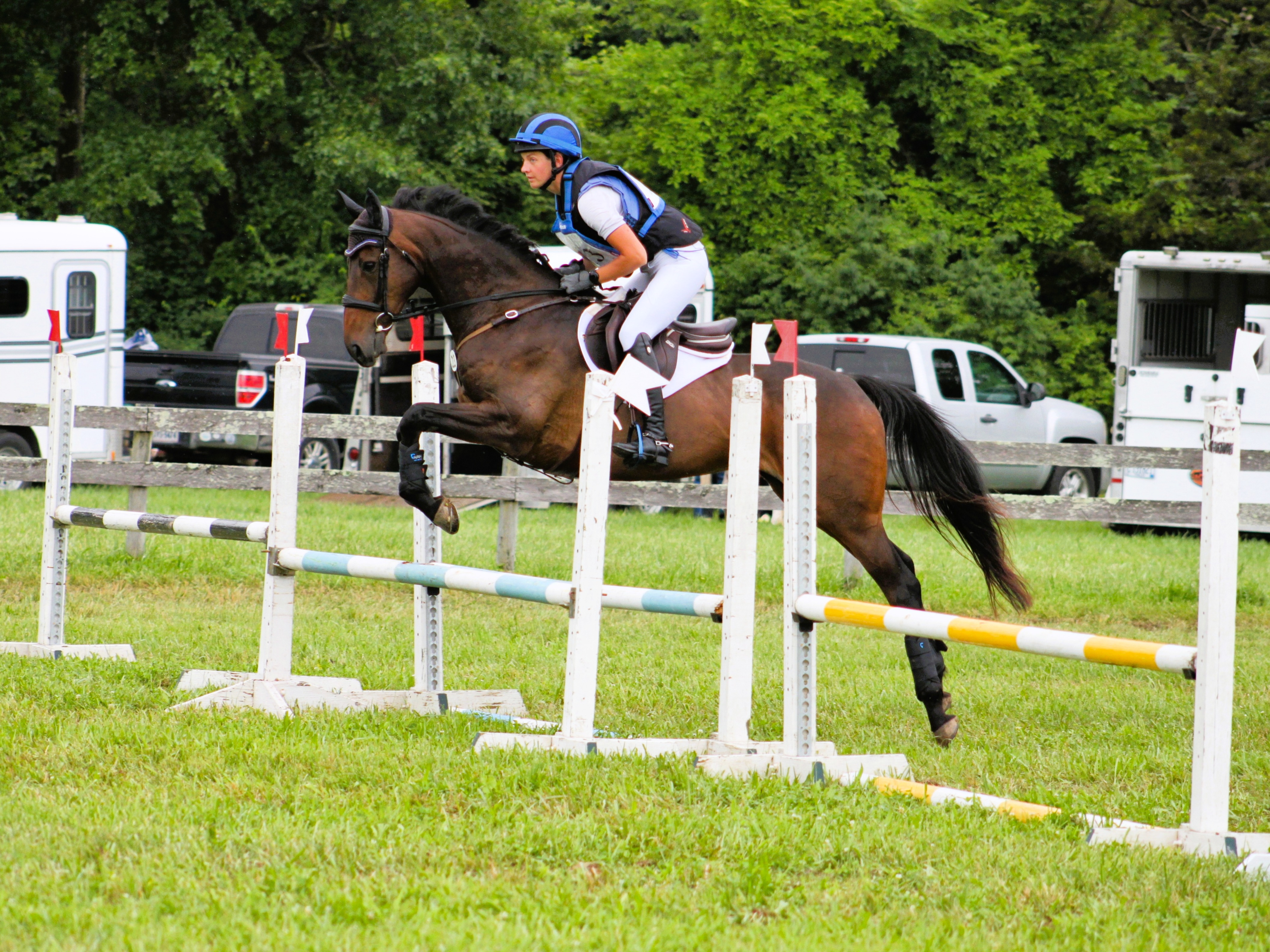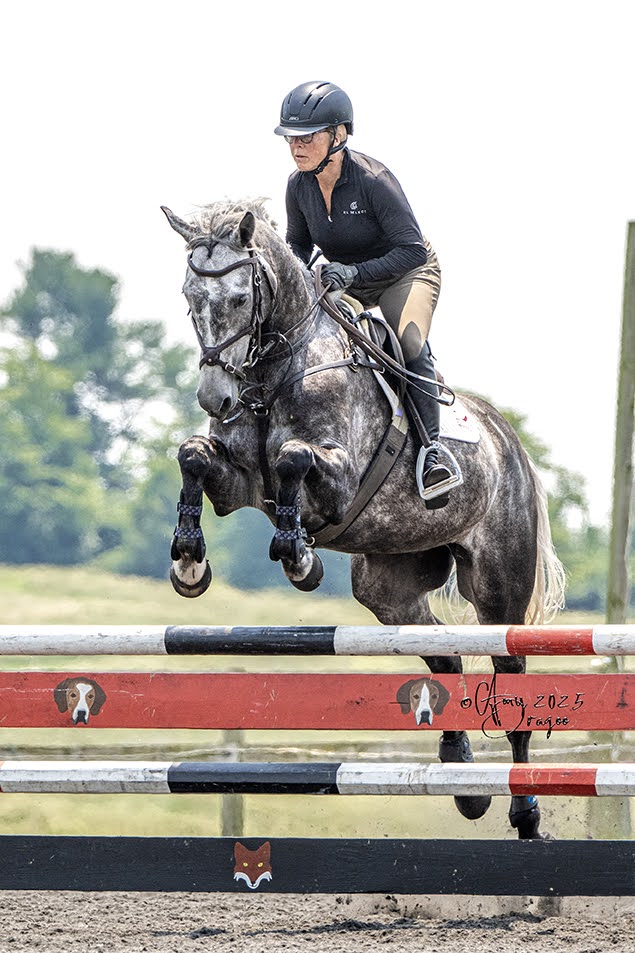We’re pleased to welcome Chelsea Canedy as a guest contributor on Eventing Nation and Horse Nation. Chelsea Canedy is an event rider and trainer based in Wales, Maine, at her beautiful Unexpected Farm. Her training approach places a strong emphasis on understanding how horses learn, as well as rider mindfulness, and how that translates into better performance. Learn more about her at www.chelseacanedy.com.

Photo courtesy of KTB Creative.
Here at Unexpected Farm, I have a number of horses in training that I would consider to be on the more “sensitive” end of the spectrum. The pros of having a sensitive horse are many, if you can channel their sensitivity to work with you and not against you. When you’re able to channel that sensitivity, you can produce a horse that is light, responsive to the aids, and one of those dreamy mounts that seems to read your mind and become an extension of your mind and body.
Channeling a horse’s natural sensitivity comes down to your self-awareness as a rider and handler. It means holding yourself accountable for your energy and aids around that horse, and not just some of the time, but ALL the time, because sensitive horses need serious consistency. Sensitive horses ask you to truly examine how you’re communicating with them – and they’ll call you out when you’re being too loud or harsh or abrupt with your aids, or even just with your energy and body language. In this way, they are wonderful teachers.
So, in my years of training, teaching, and riding sensitive horses, here’s my biggest tip to other riders:
Use as little aid as possible, but as much as necessary to create a change, and ALWAYS return to neutral when you get a response.
Let’s break this down!
When working with a sensitive horse, it’s easy to think, “Well, she should be able to tolerate this much leg/hand, because that’s what will make her more rideable!” And yes, we need our horses to be rideable (accepting of the aids), but acceptance doesn’t mean that the horse has to accept aids that are simply too big/firm/loud for what he needs. I’m sure that if you got on a horse like Laura Graves’ (now retired) Verdades, or Ben Maher’s Olympic show jumper Explosion, you wouldn’t need a 10 pound leg or hand aid. The horse’s ability to respond to a small aid is what we want long-term, but what that means for you as a rider is that if you have a habit of using bigger and heavier aids, you’ll need to become more aware of how this pressure affects your horse’s ability to learn.
On the other hand, this doesn’t mean you should be afraid to use your aids. What sensitive horses have taught me is that as long as you return to neutral- or a relaxed energy state – whenever they try to get the right answer, most of them are actually far more willing than you think. They can tolerate a fair bit of pressure….as long as they feel the release of pressure when they try to get the answer right.
This is the pattern to follow: ride in a neutral state where you’re consciously breathing, following the contact, muscles relaxed, and allowing the horse to feel free from pressure. This is where the horse can think, ‘I’m doing a great job!’ Then, ask for what you want in the smallest way possible. If you don’t get a response, add pressure in a slowly increasing manner by firming up your contact, or by giving a light correction for lack of response to your leg. As soon as you get a response to your firmer contact, or immediately after giving a correction, zap the intensity out of your body and return to neutral. Take a moment to breathe and relax. Then, try again following the same process of aid, increasing pressure or correction, then return to neutral.
Do this again and again until you get a response from the lightest aid you can apply. Be patient, be consistent, be discerning about the use of your own aids and your horse’s try.
This took me a long time to learn myself, and I think it’s the piece that many riders are missing. Sensitive horses can escalate into anxious horses that cannot learn or process information, and that can feel intimidating to ride. This most often happens when riders don’t return to neutral after they have gotten an answer right. In these cases, to the horse it feels like there is always an aid on, because the pressure never lets up. Imagine the frustration of that – of correctly answer the question you are being asked over and over again, but your answer never being acknowledged.
Usually this is totally unintentional, and is simply the rider’s own energy or anxiety creeping in and keeping them from relaxing enough to return to their neutral state. To better help your sensitive horse, you’ll need to get more comfortable there. If it’s a challenge to find your neutral state while mounted, for any reason, start with finding it on the ground in some basic groundwork exercises. Take your time. Once that proves beneficial to you and your horse, try it from on board. Do less. As you begin your ride, feel the sensation of your breath and your muscles and your seat just existing softly with no energy or intention. Let your horse be, just as he is.
Over time, you’ll be able to return to this state more quickly and easily at the right moments, and that’s where you’ll start to see your horse’s sensitivity as a gift instead of an obstacle.

















































